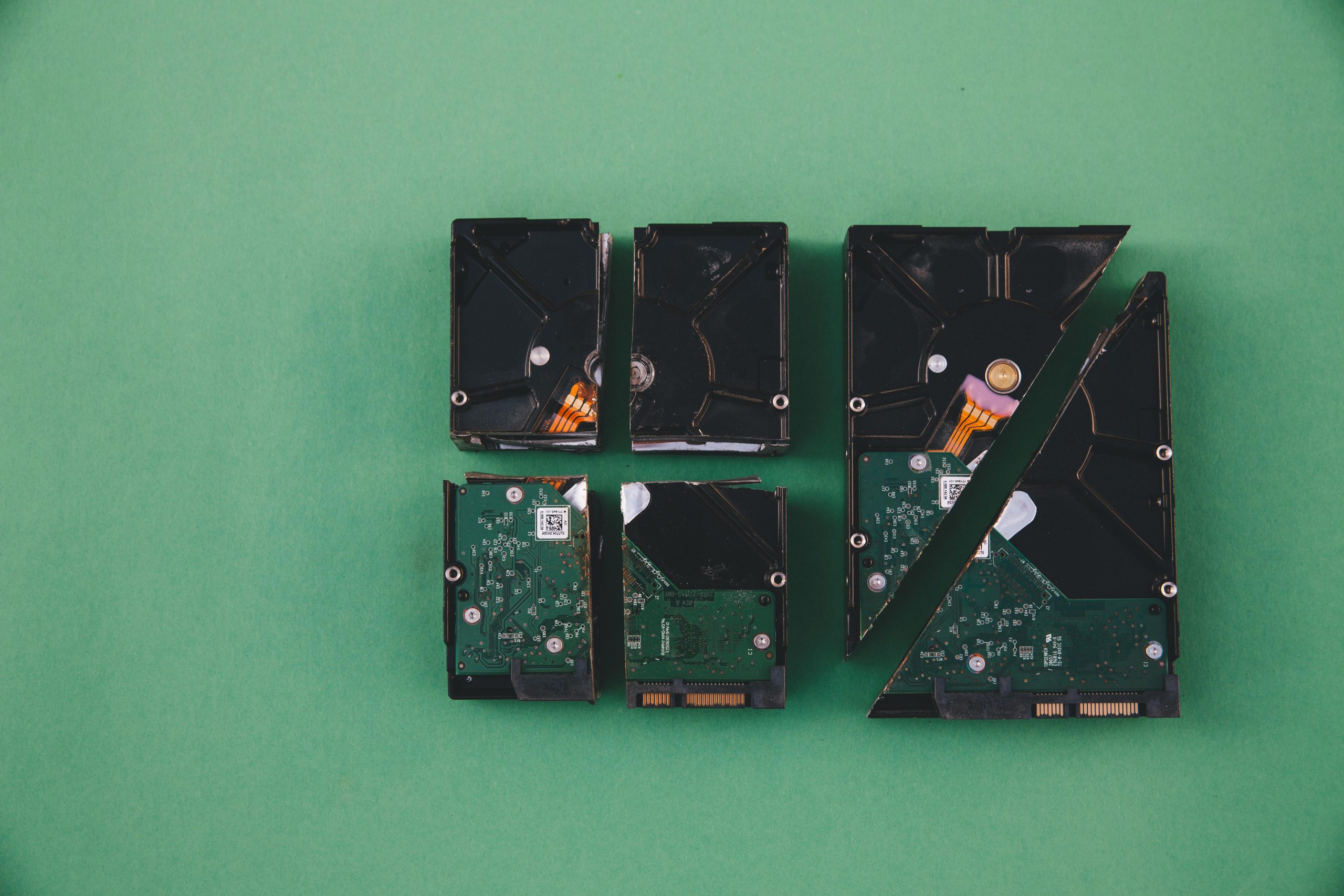Troubleshooting an External Hard Drive That Isn’t Showing Up in File Explorer
External hard drives are invaluable tools for expanding storage, backing up data, and transferring files. However, users occasionally encounter issues where their drive is recognized by the operating system but does not appear in File Explorer, making data access impossible. If you’ve recently experienced a physical impact, such as dropping your external hard drive, and now it’s not showing up as expected, it can be concerning.
In this article, we’ll explore practical steps to troubleshoot and potentially resolve the problem of an external drive not appearing in your Windows’s drive list, even though it is recognized by the system.
Recognizing the Symptoms
- The drive appears in Device Manager, indicating that Windows detects its hardware presence.
- The drive appears in the Safely Remove Hardware icon, suggesting it’s recognized at some level.
- The drive does not appear in File Explorer, preventing access to stored data.
- Physical impact may have caused internal or connection issues.
Common Causes
- Physical damage disrupting the drive’s internal components or connectors.
- Loose or faulty USB cable or port.
- Drive letter conflicts or drive not assigned a letter.
- File system corruption or hardware errors.
Step-by-Step Troubleshooting
1. Try Different USB Ports and Cables
- Switch to a different USB port, preferably directly connected to the computer rather than through a hub.
- Use a different cable to rule out cable failure.
- Restart your computer after changing hardware connections.
2. Verify Drive Recognition in Disk Management
- Right-click on the Start button and select Disk Management.
- Locate your external drive in the list of disks.
- If the drive shows up but lacks a drive letter or is marked as Unallocated, right-click and assign a drive letter or initialize the disk as needed.
- If the drive shows as Offline, right-click and select Online.
3. Check the Drive’s Status and Errors
- In Disk Management, observe the status of your drive.
- If it’s marked as Unknown, Not Initialized, or shows errors, there may be a hardware issue requiring further diagnostics.
4. Use Data Recovery and Diagnostics Tools
- Run manufacturer-specific diagnostics tools to assess the drive’s health.
- Consider data recovery software if the drive shows signs of corruption but is physically accessible.
5. **Update
Share this content:



